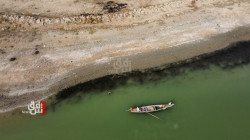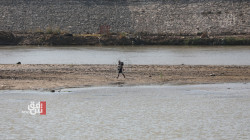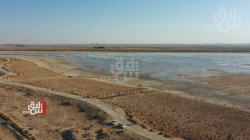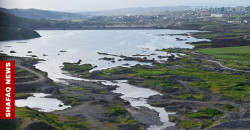Water crisis threatens global countries, particularly MENA
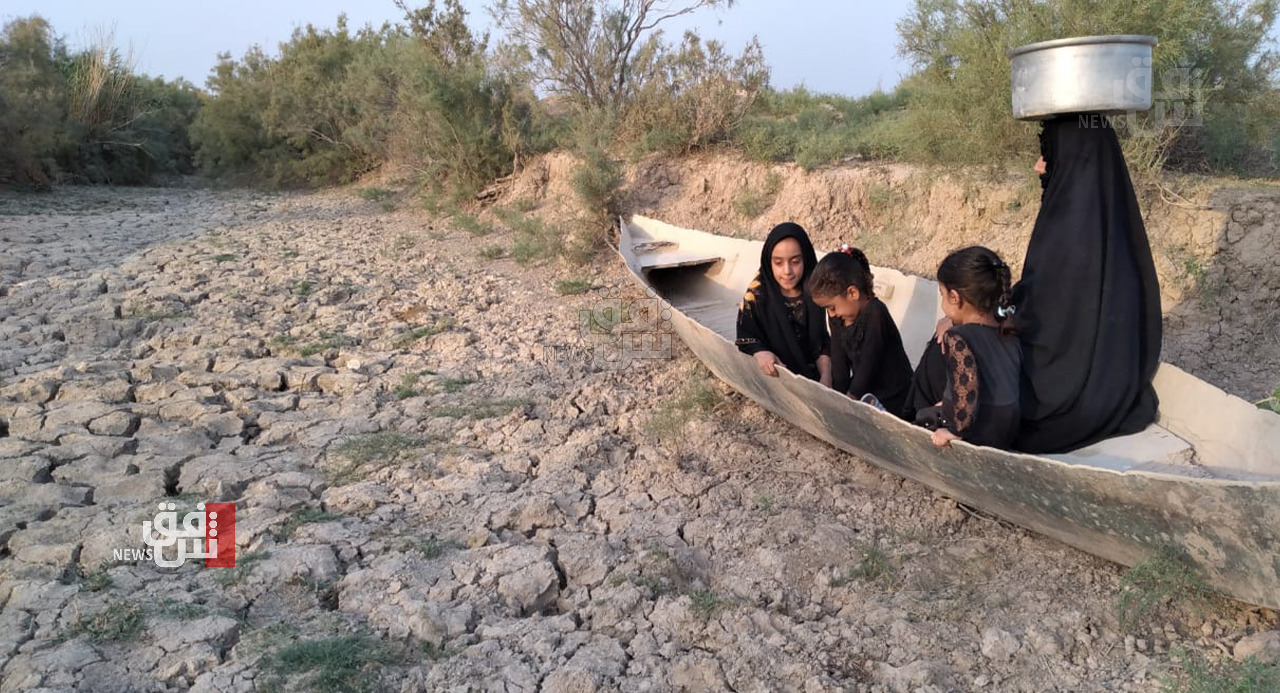
Shafaq News/ A report released by the World Resources Institute issued a stark warning about the escalating water crisis, indicating that countries worldwide, notably those in the Middle East and North Africa, including Iraq, are set to be profoundly affected. The report projects an additional one billion people to experience high water scarcity by 2050.
The study singles out nations like the UAE, Saudi Arabia, the occupied Palestinian territories, Egypt, Yemen, Qatar, Iran, Jordan, Tunisia, India, Syria, Morocco, Eritrea, and Algeria as among the first to confront severe water scarcity.
The report emphasizes, "Our data points to 25 countries currently facing an annual intensification of a water crisis, with over 80% of their renewable water supplies utilized for irrigation, industry, livestock, and domestic purposes."
"Even a short-term drought exposes these areas to water depletion and often prompts governments to impose water restrictions," the report added.
Notably, the study ranks Turkey as the 39th most water-scarce nation globally. On Wednesday, the Turkish government called on Istanbul residents to conserve water.
In line with the World Resources Institute's Canal Risk Atlas, an additional billion people will encounter high water scarcity by 2050.
The report forecasts that global water demand will rise between 20 to 25% by 2050, with watersheds susceptible to substantial year-to-year fluctuations or erratic water supplies expected to increase by 19%.
"This predicament impacts water-dependent consumers and industries and political stability. For instance, in Iran, decades of weak water management and unsustainable agricultural water usage have already sparked protests, with these tensions expected to intensify as the water crisis escalates," the report highlighted.
The report predicts that by 2050, 100% of the Middle East and North African population will confront acute water scarcity. It points out that constrained water supplies and the demands of domestic, agricultural, and industrial sectors predominantly drive water scarcity in these regions.
The consequences of water scarcity might encompass industrial disruptions, power failures, and reduced agricultural yields.
A notable example occurred in India between 2017 and 2021, where water shortages for cooling thermal power plants led to a loss of 8.2 TWh of energy. This amount could have powered 1.5 million Indian homes for five years.
The report underscores that global food security is under threat. Currently, 60% of the world's irrigated crops face acute water scarcity, particularly staple foods such as rice, maize, wheat, and sugarcane.
However, feeding nearly 10 billion people by 2050 requires a 56% increase in food calorie production compared to 2010, a challenge amplified by water constraints and weather-related calamities like droughts and floods.
The World Resources Institute underscores the need for robust water management. Countries are urged to strengthen water regulation, promote water conservation in agriculture, develop comprehensive water resource strategies, and upgrade water infrastructure through eco-friendly and green infrastructure.
The report also suggests that international financial institutions and creditors should consider strategic debt relief initiatives, which could involve debt reduction in exchange for environmental commitments or financial obligations to enhance biodiversity and infrastructure.
Additionally, prioritizing prudent water management and city-specific action plans to enhance urban water infrastructure are essential. Farmers are advised to shift to low-water-consumption crops, adopt water-efficient irrigation methods, and reduce flooding practices.

